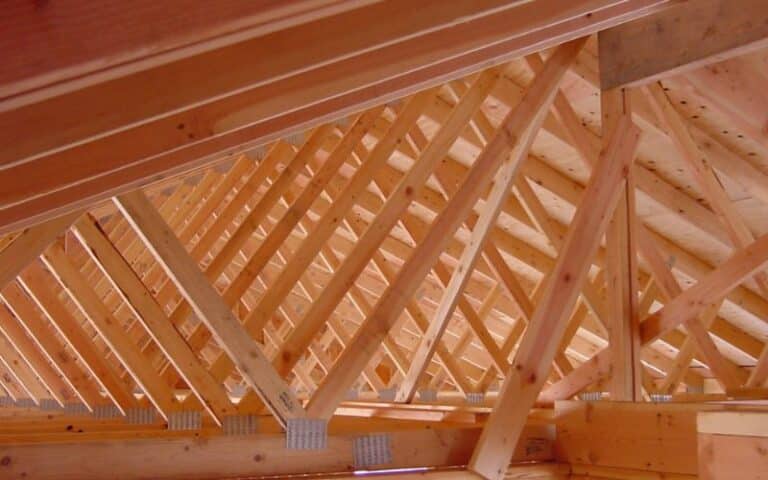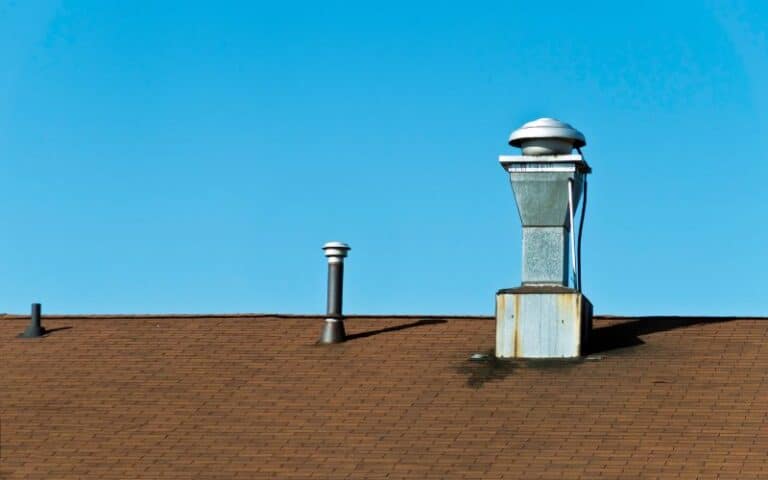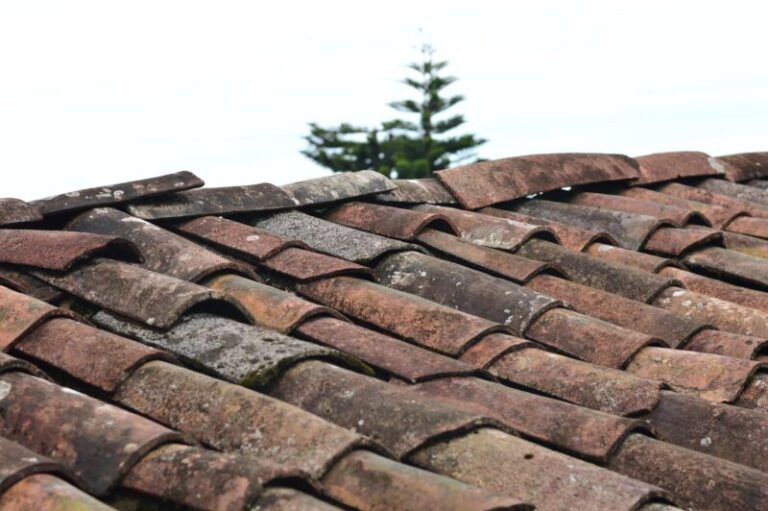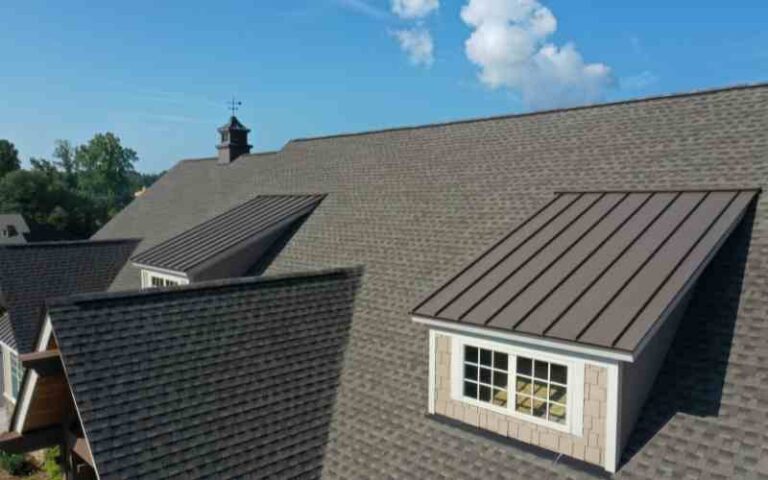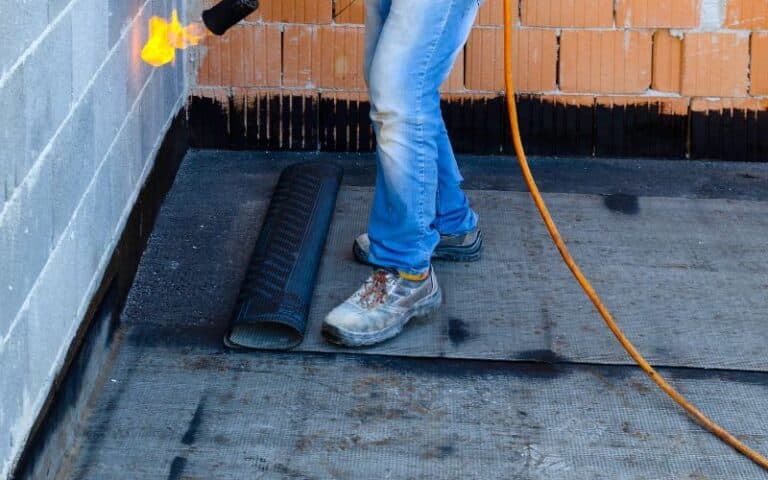Building a shed requires a level of expertise. The various component of a shed often requires different types of studs. Some are stronger than others.
However, if the building project is under a budget, it is necessary to consider various options.
One popular option for people is the 2×3 studs. One of these studs’ significant advantages is the cheap purchase cost. However, it is necessary to understand its limitations when building a shed.
Yes, you can use 2×3 studs for some parts of a shed, depending on the design of the weight. 2×3 studs are also helpful for small partitions between the walls. However, these studs are limited in size and power when constructing load-bearing walls. Nevertheless, 2×3 studs have essential uses.
Ready for a Roofing Quiz?
What are 2×3 Studs Used for?

There are different types of studs serving various purposes in building works. These studs usually have multiple functions or uses.
The 2×3 studs are typical examples of such studs with various functions. Some of the main functions include:
#1. Wall Framing and Partition
The most common use of 2×3 studs is the support of wall framing. Plywoods or wallboards usually need studs for mounting.
Fastening the boards to the studs helps create walls. However, 2×3 studs build specific types of walls.
Usually, 2×3 studs come in action when building walls that are not load bearing. That is, walls that do not weigh them.
Examples of these types of walls include the partition between two rooms. When they serve as a partition between rooms, they also anchor for holding gadgets inside and outside the wall.
Inside the wall, the size of the studs creates a space for internal components like pipe, wires, and the like.
On the outside, these 2×3 studs also serve as an anchor for types of equipment attached to the wall from the outside. However, it is essential to remember that this stud has limited weight capacity.
2×3 studs are quite small. Some constructors do not use these studs for wall framing because there are bigger and more common options like 2×4 studs.
#2. Roof Trusses
2×3 studs are also useful for constructing roof trusses. Roof trusses use lightweight metals or wood to build a support structure. 2×3 studs are suitable for roof trusses with minimal load.
Constructors often use 2×3 studs for roof trusses of small buildings such as sheds. This type of structure does not need much weight support.
This stud type is a good option when building small structures that do not carry external loads such as wind and snow.
#3. Shelving
This stud size is also helpful in building shelves of different sizes. They can be standing frames for books, shoes, and the like. You can also use the 2×3 studs for shelves that connect to the wall.
These types are usually load-bearing walls with frames and studs bigger than the shelve. So, fastening a shelve to a wall of 2×3 studs is not advisable.
Other everyday use of studs includes the construction of fence backer rails for small gardens of short height.
Generally, there are two types of studs based on material type. The 2×3 studs also have these two types. They are as follows:
#4. Wooden 2×3 Studs
Wooden walls 2×3 studs have been a part of construction for a long time. They are the common types of studs.
Wooden 2×3 studs are useful in partitioning interior walls. It is easier with wooden studs if there is a need to fasten equipment such as switches, shelves, or hangers to the wall.
All you need for the fastening is a hammer and nail. Removing the attachment is also relatively easy. Hence many prefer this stud type to the other.
#5. Metal 2×3 Studs
Metal studs are still new in the construction world but quickly gaining popularity. They are more expensive than wooden studs of the same dimension.
However, maintenance costs are lesser because they do not develop molds or change shape.
Working with metal studs requires more tools and technicality. It would be best if you had more power and tools to cut metal studs than wooden studs.
The installation also requires significant expertise and little room for error.
How Much Weight can a 2×3 Stud Hold?
2×3 studs of any form can only hold a limited amount of load. They are not the most vital type of studs.
Hence, you want to minimize the weight they carry. The maximum weight for 2×3 shelves attached to a wall is about 250lbs.
If you use these 2×3 studs for wall partitions, the weight it supports for outwall attachments reduces significantly. It can hold objects of about 80 to 100 lbs when it is part of a wall partition.
Can You use 2×3 for Framing a Shed?
A 2×3 stud is suitable for various parts of shed construction. However, framing is not one of them.
Instead, the frame of a shed classifies as an outer wall because this part is open to outside influences such as wind, rain, and accidents.
2×6 studs are the best for framing a shed. However, some people use the 2×4 studs for framing sheds that are small and lightweight.
Using a 2×3 stud for framing a shed is not ideal though it will save cost. However, the cost of repair might tip off balance with time. It is better to go with a stronger and bigger stud option.
Can I Build a Shed with 2×3?
Building a shed is a big project involving different types of wood. Other kinds of studs come into use during the construction of a shed. The type and size of the shed depend majorly on the kind of shed.
For significant parts of a shed, it is better to use bigger and stronger than 2×3 studs. One typical example is the 2×4 studs.
However, building the significant parts of a shed with 2×3 studs is not ideal and might not be strong enough to withstand the weight from inside and outside.
The 2×3 studs might come in handy in some parts of the construction.
For example, the structure parts that do not bear weight can use the 2×3 studs. These parts include the partition inside the shed or shelves for storage.
What Size Studs should I use for a Shed?
When building a shed, the most common type of stud is 2×4. However, some parts of the shed require something bigger and stronger.
For example, the supporting beans supporting the entire setup can be 4×6 studs to lift it off the ground properly.
For sheds with potential heavy-duty storage, it is best to use 2×4 studs for the framing.
For example, suppose you use plywood for walls, 2×4 kinds of wood give enough room for equipment such as power boxes, pipes, etc.
After wall framing, the central part to consider is the rafters that make up the roof. Depending on the design of the rafter, you have multiple options at this point. The 2×4 studs are the standard and safer alternative.
However, if the project is under a budget, there is room for flexibility at this point. For example, you can use 2×3 studs to build the rafters.
If the design of the shed requires a roof truss, you can use different studs types depending on the location.
For example, places with heavy wind, snow, or rainfall would be better with 2×6 studs or at least 2×4 studs. Alternatively, you can use the 2×3 studs for sheds in a favorable environment.
Here are the common types of studs used in building a shed. This table shows the common name and the actual dimension of the stud.
| S/N | Common Name and inches | Actual Size in Millimeters |
|---|---|---|
| 1 | 2×3 studs | 38 mm x 64 mm |
| 2 | 2×4 studs | 38 mm x 89 mm |
| 3 | 2×6 studs | 38 mm x 140 mm |
| 4 | 2×8 studs | 38 mm x 184 mm |
| 5 | 3×6 studs | 64 mm x 286 mm |
| 6 | 4×6 studs | 89 mm x 140 mm |
Conclusion
2×3 studs have a lot of uses when dealing with interior wall construction. It is not the best for exterior constructions.
Also, when dealing with load-bearing walls, it is best to use studs that are bigger than 2×3 studs. However, it is helpful for everything else, from fence trails to interior shelves.

